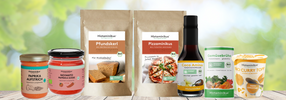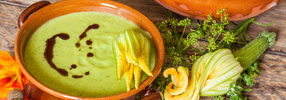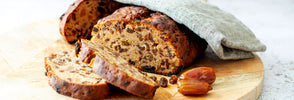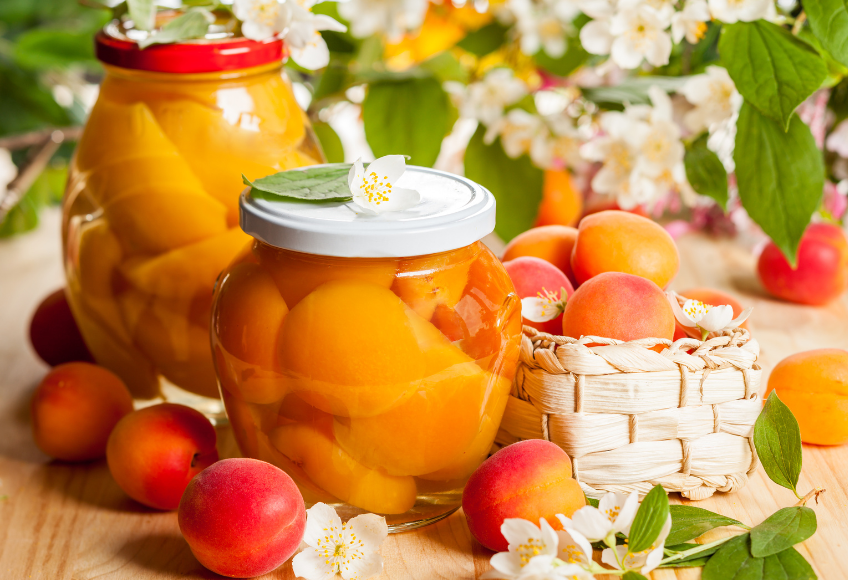
8 low -histamine fruit varieties for summer
On hot days we long for something fresh and light. Fruit is then the perfect choice - sweet, juicy, cool from the fridge or as a topping in the yogurt. For people with histamine intolerance, the selection is sometimes not that easy. But don't worry: there are many delicious and well -tolerated varieties that sweeten the summer!
1. Cherries
Cherries - whether sweet or sour - are often tolerated for many people with histamine intolerance as long as they are fresh. The best thing is to eat cherries from the region that are eaten immediately after purchasing. Cherries not only bring fruity summer taste, but also a lot of good for the body. For example, they provide vitamin C, which supports our defenses and acts as a natural antihistamine: in 100 grams of sweet cherries there are about 15 milligrams, a little less in sour cherries, namely 12 milligrams. Vitamin B3 (Niacin), which is important for energy metabolism, is also included - albeit in small quantities. In vitamin A, the sour cherries are clearly ahead - this vitamin supports vision, among other things. Vitamin E that protects our cells, as well as vitamin B6 and folic acid (important for blood formation and cell division) are also included - especially sour cherries score here with slightly higher values. As far as minerals are concerned, sweet cherries deliver a lot of potassium that can regulate blood pressure and support the water balance in the body. They also contain calcium that strengthens our bones and iron that is important for oxygen transport in the blood - here both types of cherry are approximately on par. In addition, cherries bring so -called secondary plant substances - especially flavonoids. They give the fruits their beautiful red to violet color and at the same time help protect the body. Flavonoids act like small protective shields against harmful substances, can alleviate inflammation and even prevent heart diseases and cancer. The acerola cherry-known for its high vitamin C content-is usually well tolerated. Your powder can be a good addition to smoothies or water. Fresh cherries are ideal as topping on the muesli or for cake and for the production of sorbet and jam.
2. Peach
Peaches are cute, juicy and mild - a good choice for histamine intolerance and just right for hot days. In contrast to nectarines, you have a velvety, slightly hairy shell. Even if you are still a bit firm when buying, you quickly ripen at home. As soon as you give in to light pressure, you are ready to enjoy. When buying, pay attention to fresh fruits without pressure points and do not let them ripen too long. For the most part, peaches consist of water and are therefore particularly low in calories. At the same time, they deliver valuable minerals such as calcium, magnesium and potassium as well as important vitamins such as vitamin C and B3 - so delicious and healthy at the same time. Just like cherries, they are wonderfully suitable as a topping or cake and for the production of sorbet and spread.
3. Apricotes
Apricotes are also a real summer enjoyment - sweet, aromatic and practical to eat from your hand because they are not as juicy as peaches or nectarines. Her pulp is soft and slightly floury, which makes it particularly mild in taste. When shopping, it is worth paying attention to the consistency: If the fruit gives up a bit when it is easy, it is ripe and tastes particularly intense. But here too, avoiding too mature! As far as your nutrients are concerned, apricots are among the real power packages among the summer fruits. They contain many important vitamins-including vitamin A, which is good for skin and eyes, as well as the B vitamins B1 and B2, which support the energy metabolism. Vitamin C is also included. This strengthens the immune system and acts as a natural antihistamine. In addition, apricots provide minerals such as potassium, calcium and magnesium, which are important for muscles, nerves and bones, among other things. Here, too, there are hardly any limits to the use of sweet and hearty dishes.
4. Grapes
When late summer begins, it's time for the grape harvest again. You can snack or process them directly, for example to juice, jelly or of course wine. But they are also a popular snack in fruit salads, yogurt or just in between. Grapes contain quite a bit of natural sugar - especially fructose (fructose) and grape sugar (glucose), about eight grams per 100 grams. But grapes also have a lot of good for our body. In 100 grams of fresh grapes, for example, important minerals such as potassium (192 mg), calcium, magnesium and iron can be found. Various B vitamins such as vitamin B1, B2, B3 (Niacin) and B6 are also included. They also contain vitamin C, vitamin E and a bit of beta carotene, the preliminary stage of vitamin A. However, the secondary plant substances, especially flavonoids, OPC (oligomeric proanthocyanidins) and resveratrol are particularly interesting-these are mainly in red grapes. They are intended to help protect the cells, to support the cardiovascular system and even to slow down skin aging. So far, many of these effects have only been observed in the laboratory or in animal experiments - they have not yet been clearly proven in humans. A large part of these healthy fabrics sits in the seeds of the grapes. That is why cherished grapes are practical, but often less nutrient -rich. For example, if you want to make grape juice or a smoothie, it is best to use all the grapes.
5. Gooseberries
Gooseberries are a typical summer fruit made of domestic cultivation. They grow on small shrubs and show themselves in different colors - green, red or yellow. In terms of taste, they are mostly sweet and sour, with the yellow varieties tasting particularly mild and sweet. Your harvest time ranges from the end of May to August. The later they are harvested, the more sweetness they develop. Unripe or semi -ripe berries have a firmer pulp and are better suited for boiling, e.g. B. for compote or jam. You can easily enjoy fully ripe gooseberries raw. In contrast to many other berries, they are relatively robust after harvesting - in the vegetable compartment of the fridge they stay fresh for about a week. With histamine intolerance, however, you should limit the storage time to a minimum. Technically, gooseberries have a lot to offer: they contain vitamin A, C, E and folic acid as well as minerals such as potassium, magnesium and calcium. Your water content is high, the calorie content is low - about 37 kilocalories per 100 grams. With around 7g of sugar and about 3g fiber per 100g, you also provide a good dose of energy and support digestion.
6. Blueberries
Blueberries, also called blueberries, are among the most nutritious summer fruits. They are rich in so -called anthocyans - these are natural plant dyes that give the berries their deep blue color and have an antioxidant effect. This means that they protect our cells from harmful influences, strengthen heart health and can even support our eyesight. They are also helpful in the event of inflammation in the mouth and throat or in the event of digestive problems such as constipation or diarrhea. In the summer months from June to August, they also grow in nature with us and can be freshly enjoyed. It is best to keep them in the fridge and use them within two days. Rinse with water is sufficient before consumption. Despite their sweetness, blueberries are low in calories - 100 grams contain about 46 kilocalories. They are full of good ingredients: vitamin C, vitamin E, folic acid and beta -carotene, but also minerals such as potassium and calcium. So if you want to do something good for your body, you will use a handful of fresh blueberries in summer.
7. Elderberries (cooked!)
The black elder is most widespread in our nature. From the end of August he will wear small, dark berries - they look almost black and are actually not berries, but so -called stone fruits. They contain many important vitamins such as A, C, E and various B vitamins. There is also no shortage of minerals - for example potassium, magnesium, iron and phosphate. In addition, secondary plant substances are in them, i.e. natural substances that do our body good. A particularly large number of flavonoids are, including anthocyans, which give the berries their dark color. Tannins also occur that can be good for digestion, for example. Not only the berries, but also the flowers of the black elder are rich in healthy ingredients. In them there are essential oils, mucus, flavonoids and other secondary plant substances that can support our well -being. But: elder is not edible in every form. In the leaves, the immature berries and also in the seeds of the tire berries, there is a fabric called Sambunigrin. This is a sugar fabric that has bound a form of hydrocyanic acid. In this form it is still harmless, but if it comes into contact with water - like chewing or digesting - the toxic hydrocyanic acid can be released. If you eat larger quantities of raw elderberries, this can lead to bellyache, nausea or diarrhea. Therefore: the berries should always be heated - at least 80 degrees. When cooking, the harmful fabric is destroyed and the elder is then completely harmless. This makes elderberries particularly suitable for the production of jellies. A small note: Caution is advised with the red elderberry - the seeds should always be removed here, because their toxins also remain when cooking.
8. Blackberries
Blackberries not only grow wild on forest edges, but also in many gardens. From July it is harvest time, then you can snack on the first tire blackberries directly from the shrub. There are many vitamins and minerals in blackberries that help our body stay healthy. For example, there is beta -carotene in it - this is converted into vitamin A in the body, which is particularly good for the eyes. Then there is vitamin C that supports our immune system and protects the cells. Vitamin E helps to protect the body from harmful fabrics, which we absorb, for example, through stress or environmental toxins. Folic acid is important for cell division and blood formation - especially during pregnancy it plays a major role. Even minerals are not neglected: calcium strengthens bones and teeth, potassium helps to regulate the water balance and blood pressure, and magnesium is good for muscles, nerves and bones. Blackberries also contain so -called anthocyans - these are dyes from the group of flavonoids. They give the fruit their dark color and act like small protective shields for our body cells. You can help reduce the risk of diseases such as cancer or heart problems. Because they contain so many healthy fabrics, blackberries are considered real super fruit. In naturopathy you not only use the fruits, but also the leaves. The juice of the berries is intended to strengthen the immune system and help with colds. A soothing tea can be cooked from the leaves - either fresh or dried. This tea contains tannins that have a slightly collapse. This is good with slight diarrhea or even with small inflammation in the mouth or throat. To do this, you can simply let the tea cool and gargle with it. Whether in the cake, in the smoothie, as jam or in the dessert - blackberries are not only healthy, but also really tasty.
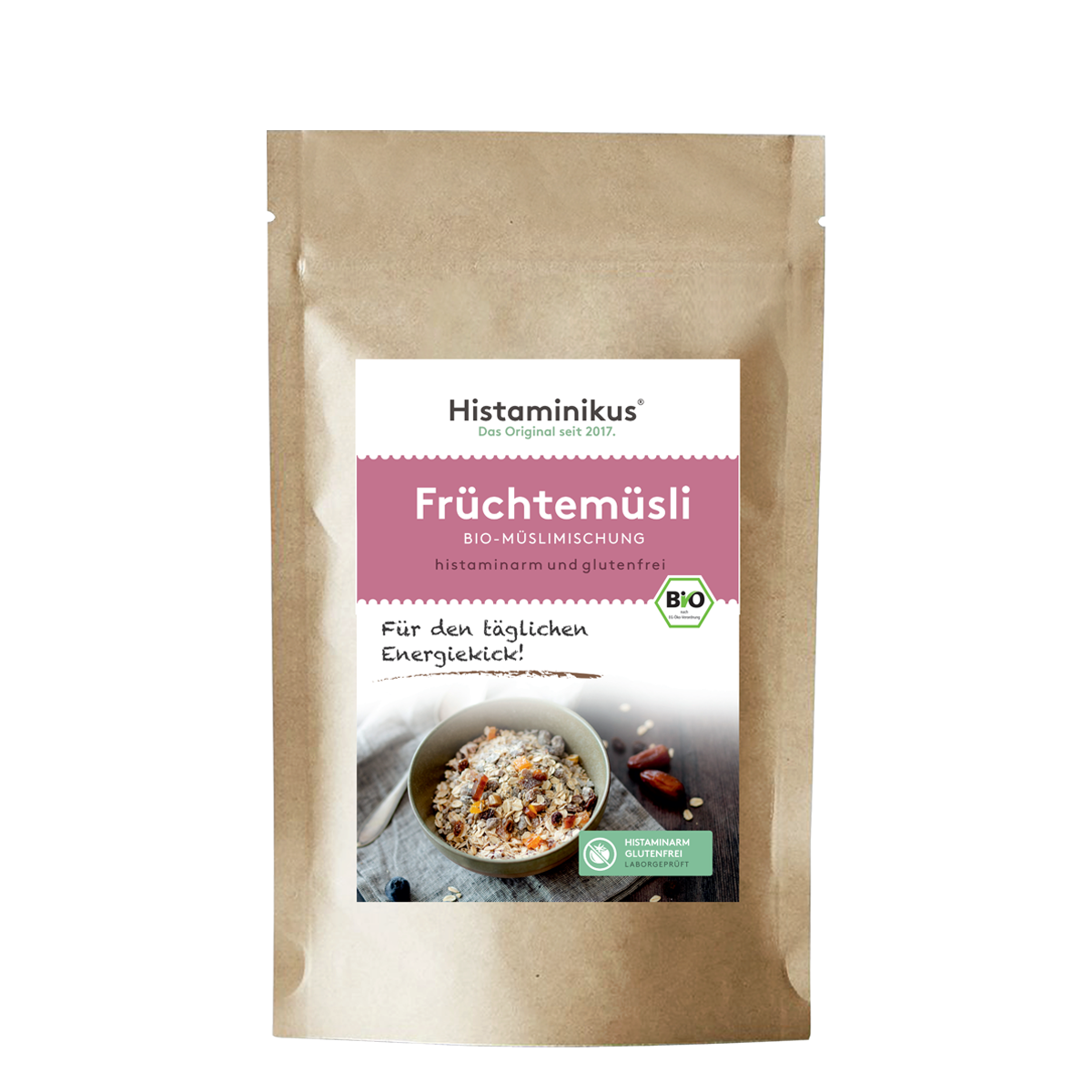
Histaminikus
Frukemüsli organic
4.61 / 5.0
(44) 44 total reviews
Share
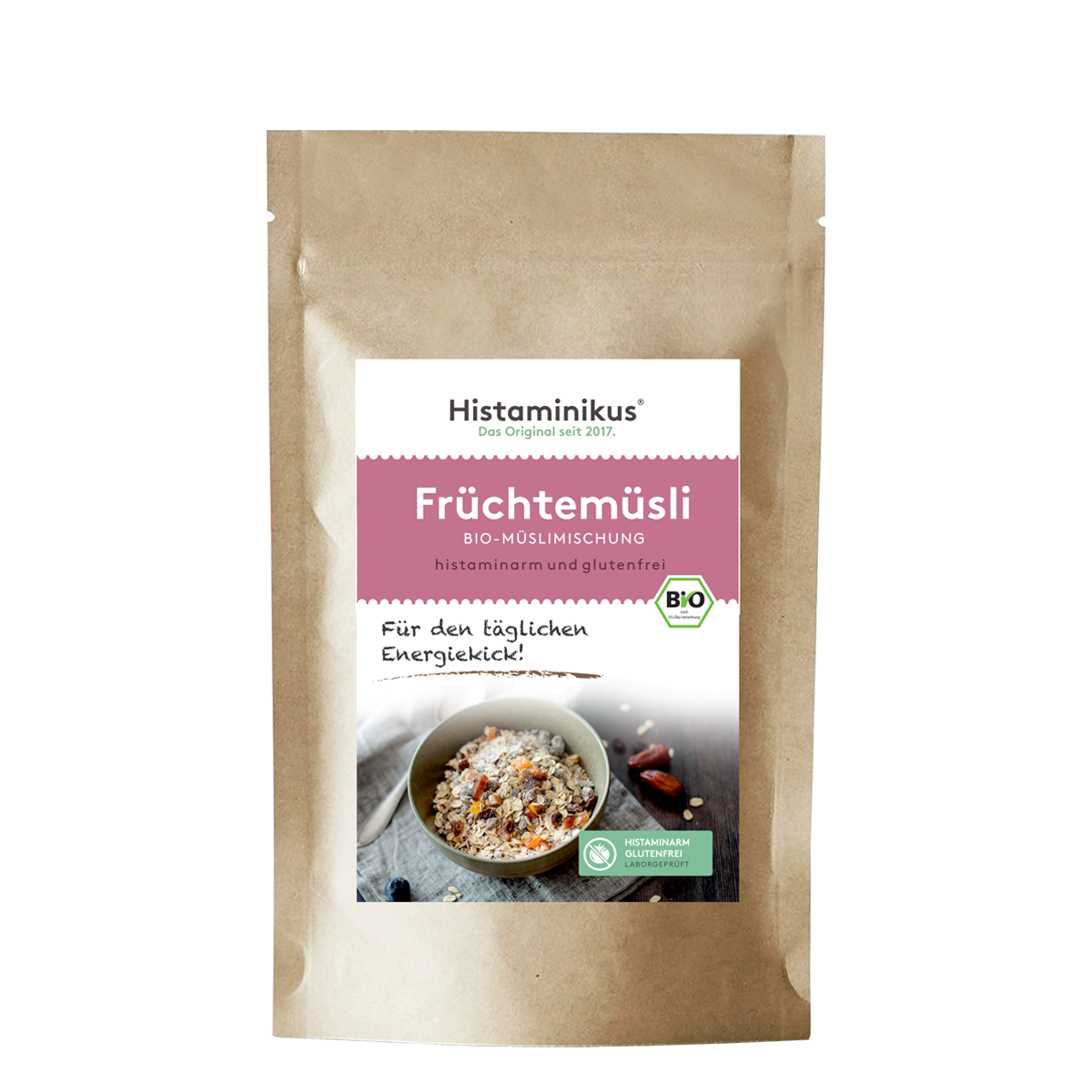
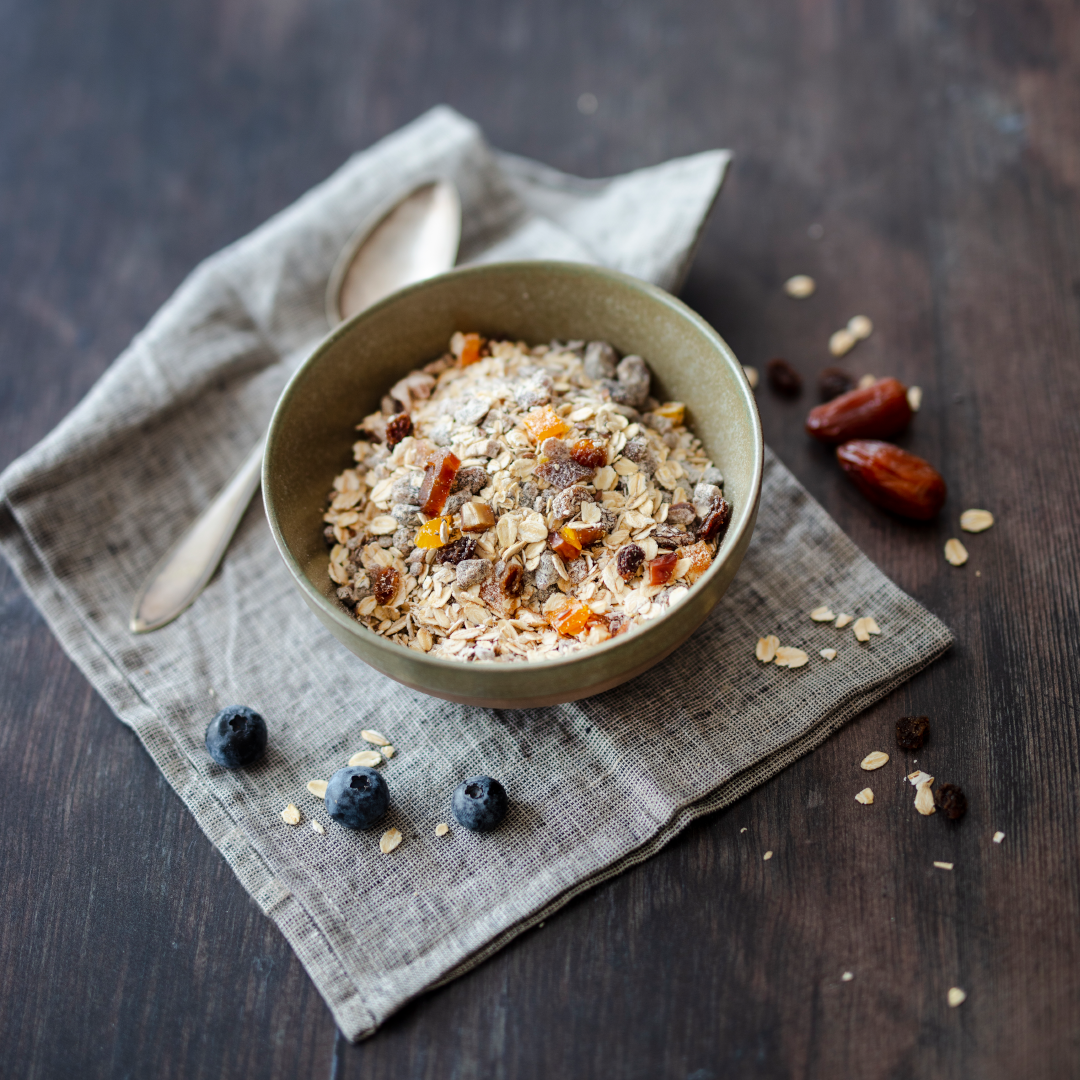
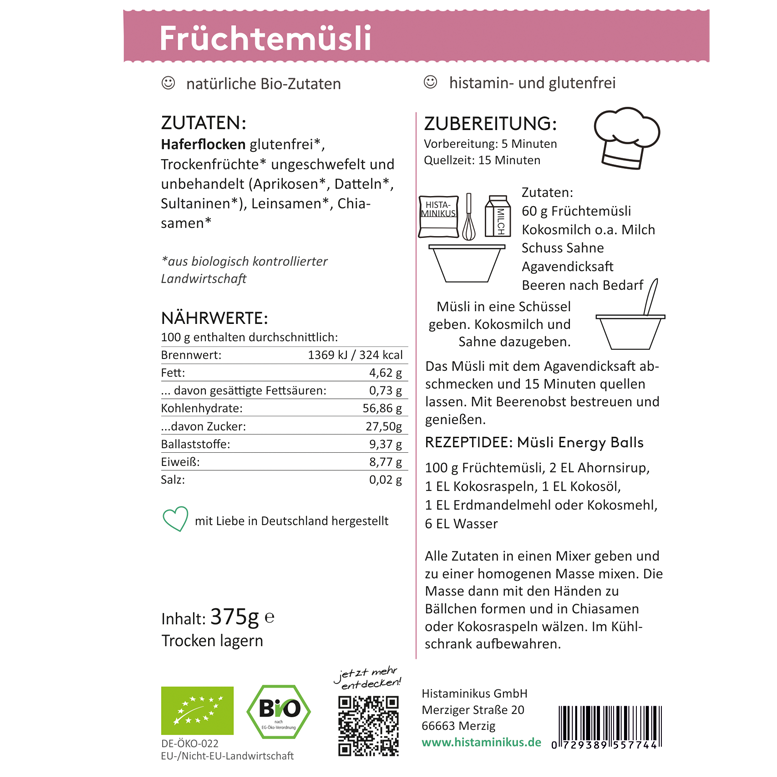
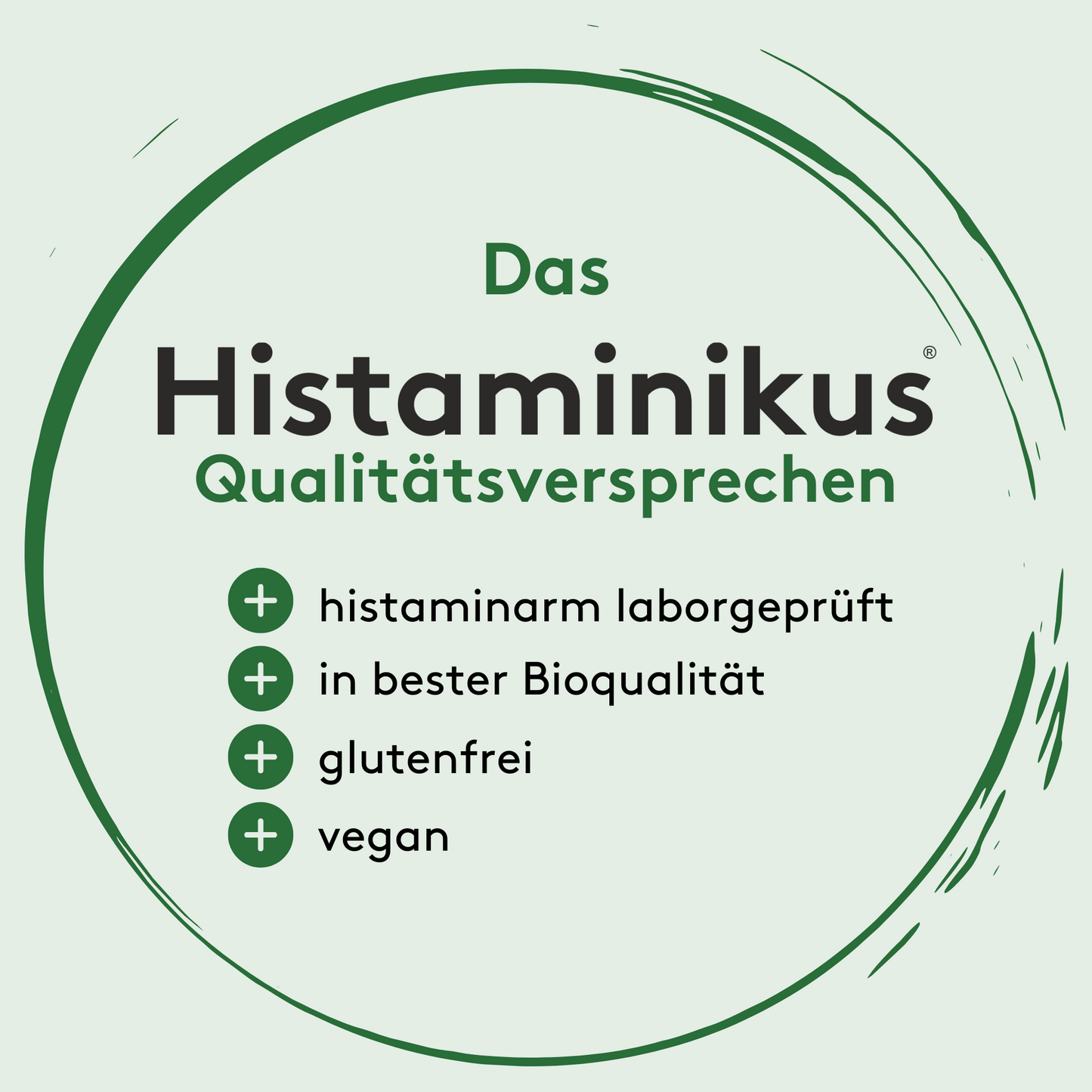
Collapsible content
Sources

FROM THOSE AFFECTED FOR THOSE AFFECTED
We are Thomas and Michaela Zinser, founder of Histaminikus.
Because of the own histamine intolerance of Michaela and our son, we founded Histaminikus. The frustration does not find any suitable histamine food has spurred us to develop low -histamine food.
We would like to give you back a piece of quality of life. Feel free to look around with us.
Kind regards
Thomas and Michaela

